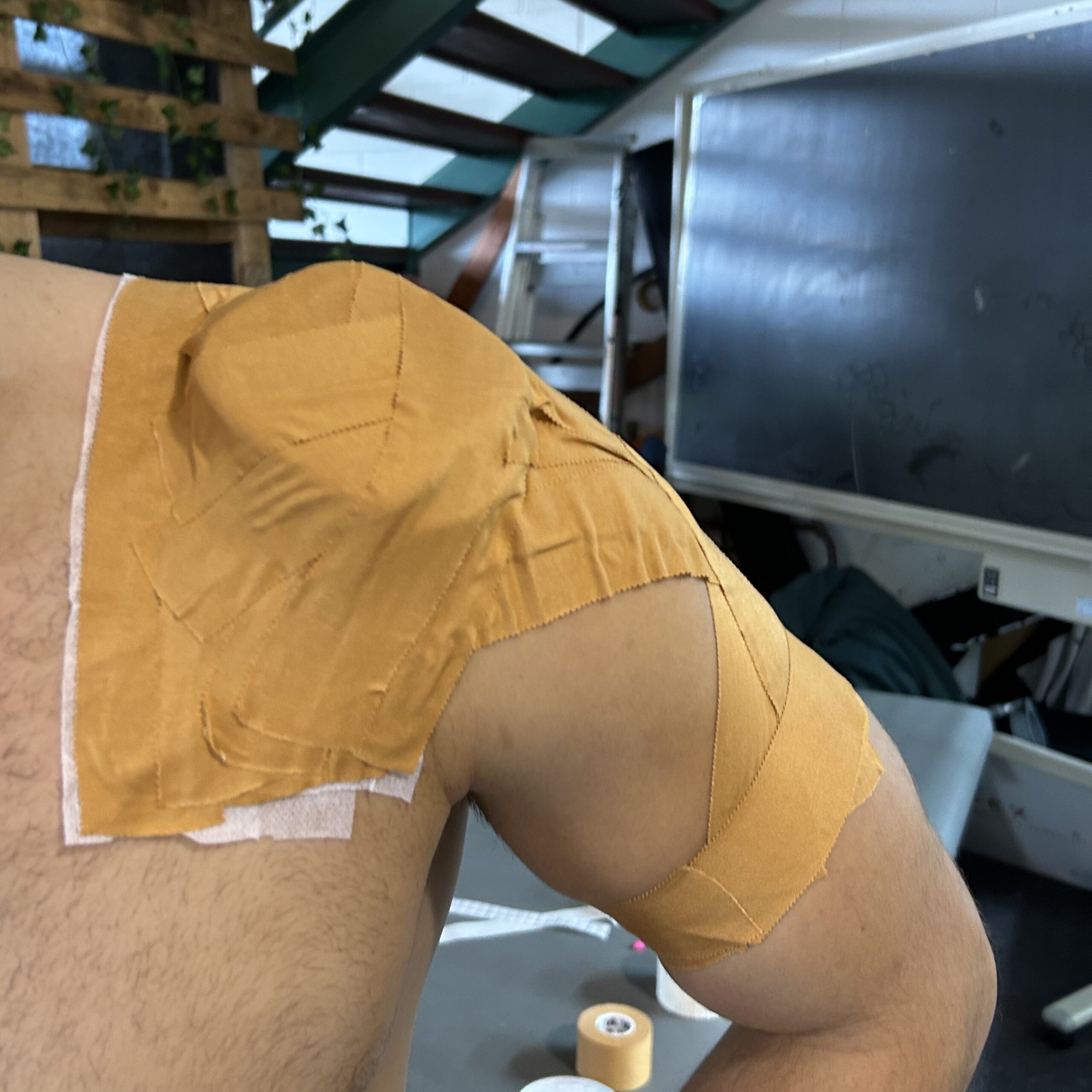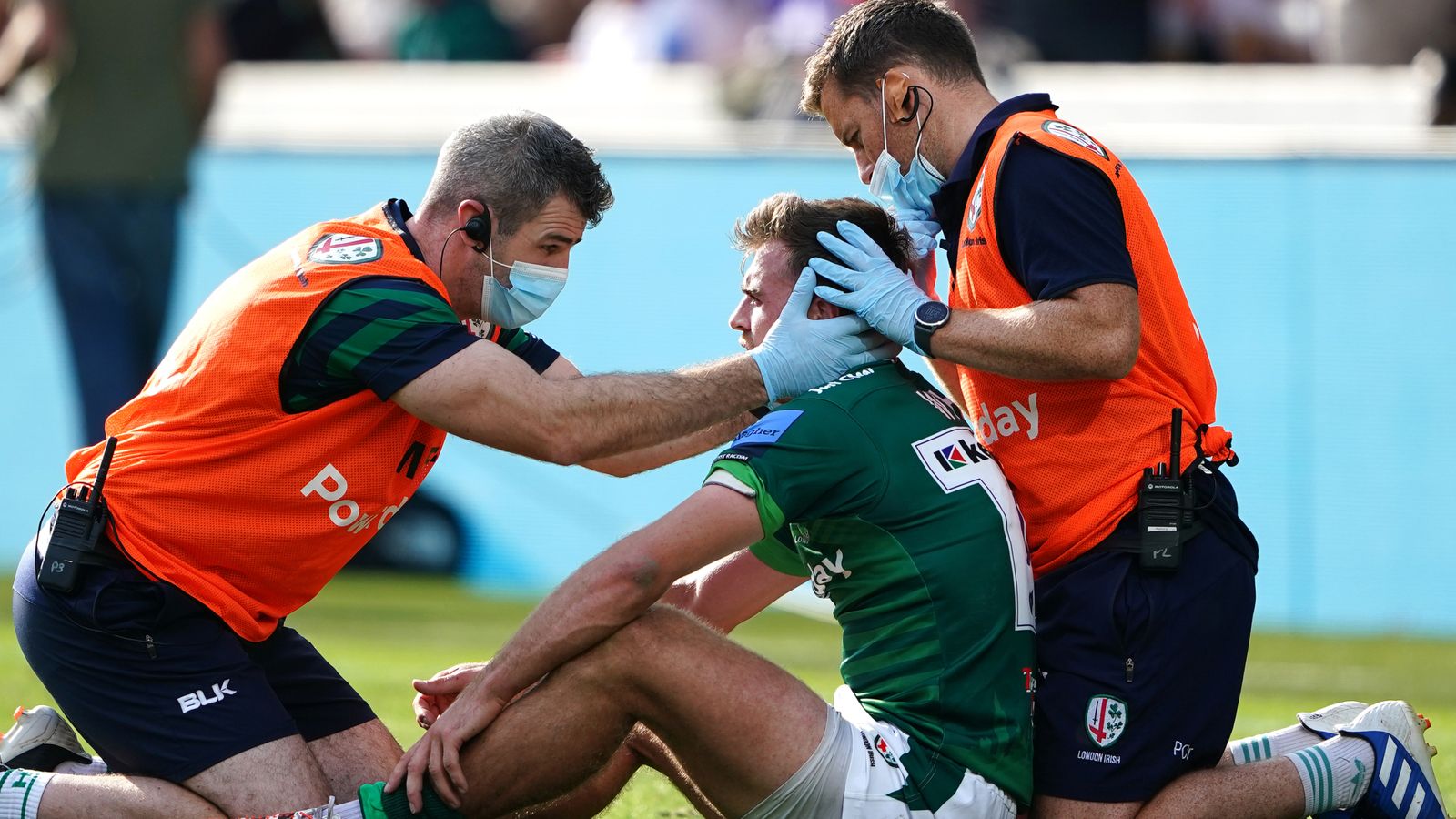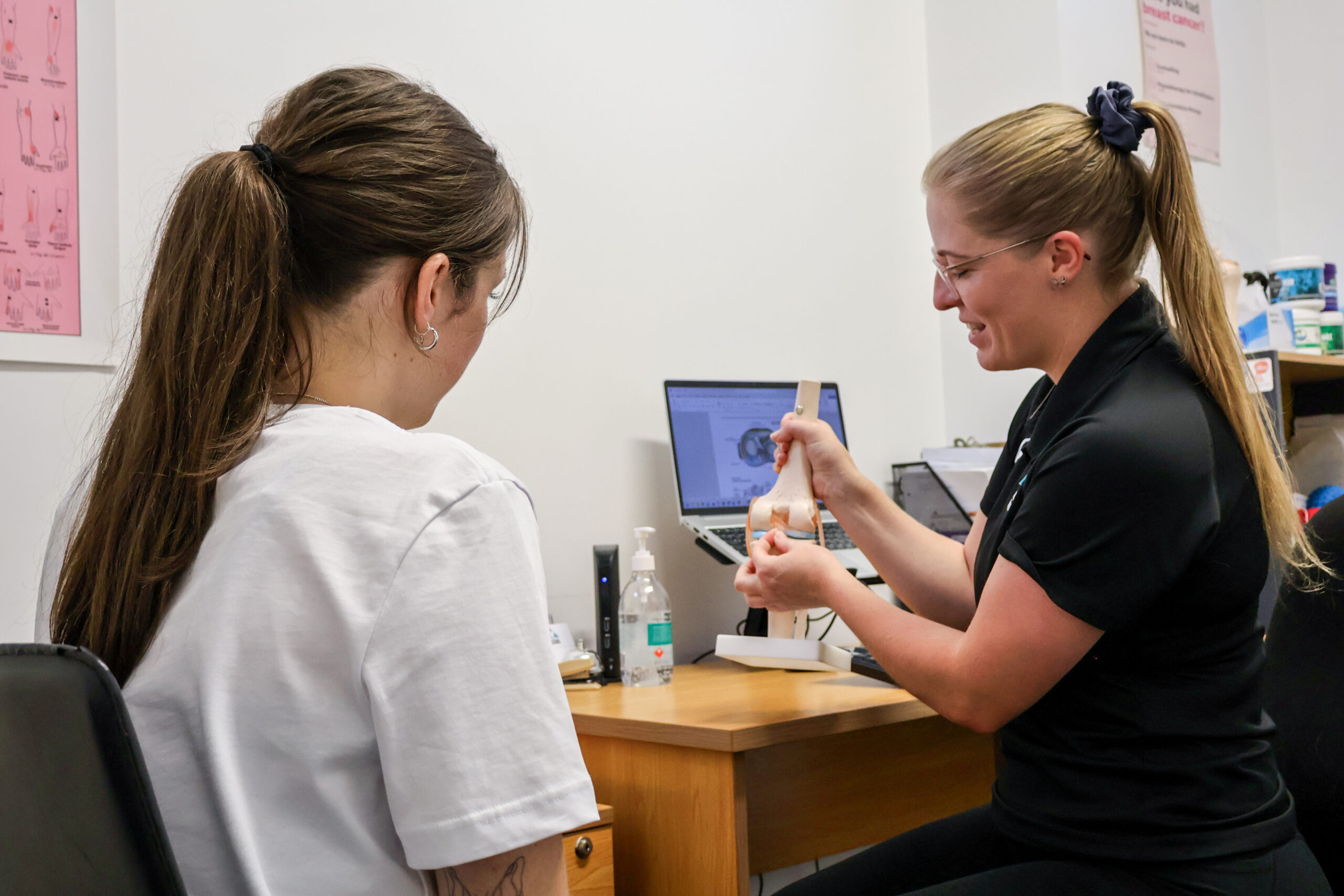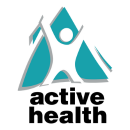Rugby is a physically demanding sport that pushes your body to its limits. The combination of high-impact collisions, rapid direction changes, and intense physical contact creates unique injury patterns that we see regularly in our clinic. Understanding these common injuries and how to manage them properly can make the difference between a quick recovery and a prolonged absence from the game.
Injury #1: AC Joint Injuries
What it is: The acromioclavicular (AC) joint connects your collarbone to your shoulder blade. In rugby, AC joint injuries commonly occur from direct impact during tackles, being tackled, or falling onto an outstretched arm. Players typically experience pain at the top of the shoulder and have difficulty lifting their arm overhead. The injury can range from a mild sprain to complete joint separation.

How we rehab it:
- Early management: Pain and inflammation control through ice, anti-inflammatory medications, and sling support for comfort. Rest from aggravating activities while maintaining pain-free range of motion.
- Strength and stability phase: Progressive strengthening of rotator cuff and scapular stabilizers. Manual therapy to restore joint mobility and reduce muscle tension.
- Sport-specific return: Gradual return to contact activities, starting with non-contact drills and progressing to full tackle practice. Often requiring taping or extra padding for support with initial return to contact – see picture.
Key tips:
- Rest initially, gradually introducing some passive movement exercises building up to full range of movement – no early return to contact activities as could impact rehab progress
- Gradual increase in activity based on pain levels and function
- Communication with coaches, GP, and physio is essential for safe return
- Don’t ignore persistent pain or weakness- work on return to muscle symmetry to avoid longstanding issues and reduce reinjury rates.
Injury #2: Concussion

What it is: Concussion is a traumatic brain injury caused by a blow or jolt to the head or body that causes the brain to move rapidly within the skull. In rugby, concussions commonly occur from head-to-head contact during tackles, contact with the ground, or collisions during play. Players may experience headache, dizziness, confusion, memory problems, nausea, or loss of consciousness. Symptoms can be immediate or delayed.
How we assess it:
Maddox questions and vestibular testing are both used as diagnostic tools if players present with any signs or symptoms of concussion, they are then to be immediately removed from play. After concussion testing has been conducted they will commence a 21 day suspension from contact activity. Initially exertion can cause symptoms to flare up or return so important to build up activity levels slowly.
How we rehab it:
- Early management: Complete physical and cognitive rest initially. Medical assessment is essential – any suspected concussion requires immediate removal from play and professional evaluation.
- Strength and stability phase: Gradual return to light physical activity as symptoms allow, monitoring for symptom return. Vestibular and balance training if dizziness or balance issues persist.
- Sport-specific return: Structured return-to-play protocol with progressive stages: light aerobic exercise, sport-specific exercise, non-contact training, full-contact practice, then return to play.
Key tips:
- Rest initially – complete rest from sport and limit cognitive activities until cleared
- Gradual increase in activity only when symptom-free at rest
- Communication with coaches, GP, and physio is crucial – never self-diagnose or self-clear
- Must be medically cleared before returning to any contact activities
Injury #3: ACL rupture
What it is: The ACL is a ligament that attaches your tibia to your femur and helps stabilise your knee. In rugby they are commonly injured during sided step movements where the foot is planted and the knee caves in. Players may hear a “pop,” experience immediate pain and swelling, and have difficulty bearing weight. The knee may feel unstable or give way with reduced range of movement.

How we rehab it:
- Early management: Knee brace for support and stability when mobilising. Pain and swelling control with ice and compression, light knee and ankle range of movement exercises
- Strength and stability phase: Progressive strengthening of quadriceps, hamstrings, and hip muscles. Neuromuscular training to restore proper movement patterns and joint stability.
- Surgery/conservative management- some athletes may opt for surgical reconstruction of their ACL to enable return to sport.
- Post surgical strengthening; A range of techniques and equipment is used to regain knee range of movement and strength after reconstruction surgery.
- Sport-specific return: Advanced strengthening, plyometric training, and sport-specific drills including cutting, pivoting, and contact preparation.
- Strength testing; using a VALD dynamometer and force decks strength and endurance testing is conducted to ensure muscle symmetry of over 90 % between the affected and unaffected limb allowing for a safe return to play.
Key tips:
- Rest initially – never return to play with an acute knee injury
- Gradual increase in activity following a structured progression
- Communication with coaches, GP, and physio is crucial for appropriate return timing
- Complete rehabilitation is essential to prevent re-injury and long-term problems
General Prehab (Prevention) Tips
Strength Training:
- Focus on functional movements: squats, lunges, deadlifts
- Include unilateral (single-leg) exercises for balance and stability
- Strengthen core muscles for better body control during contact
Mobility and Flexibility:
- Regular stretching routine focusing on hips, ankles, and shoulders
- Dynamic warm-up before training and matches
- Address muscle tightness before it becomes problematic
Proper Technique:
- Master safe tackling and rucking techniques
- Practice falling and landing mechanics
- Work on body positioning during contact situations
Load Management:
- Gradually increase training intensity and volume
- Allow adequate recovery between sessions
- Monitor fatigue levels and adjust accordingly
General Rehabilitation Tips
Follow Professional Guidance:
- Stick to your rehabilitation program even when feeling better
- Progress through all phases – don’t skip steps
- Regular check-ins with your physiotherapist
Listen to Your Body:
- Pain is your body’s warning system – don’t ignore it
- Swelling and stiffness indicate ongoing inflammation
- Respect the healing timeline – rushing back leads to re-injury, follow professional guidance regarding return to play.
Maintain Fitness:
- Keep up cardiovascular fitness with appropriate activities-even in the off season
- Maintain strength in uninjured areas
- Stay mentally engaged with the team when possible
Communication is Key:
- Keep coaches informed of your progress
- Work with your GP for any medical concerns
- Be honest with your physiotherapist about symptoms and goals
Get Back in the Game Safely
Rugby injuries require in depth knowledge and experience to manage effectively. Our physiotherapists understand the unique demands of rugby and can guide you through a safe, effective recovery that gets you back to peak performance.
At Active Health, we provide comprehensive assessment, hands-on treatment, and sport-specific rehabilitation programs tailored to rugby players. Whether you’re dealing with a new injury or want to prevent problems before they start, we’re here to help.
Don’t let an injury keep you on the sidelines longer than necessary. Book an appointment with our team today and get back to playing the game you love safely and confidently.
Image credit: Andrew Wilson Photography, SkySports


Recent Comments